8 Best Trees to Plant for Shade (Expert Tree Guide)
Getting the best trees to plant for shade might be quite tricky if you have no knowledge about trees, but not to worry, this well-researched article will put you through the process of selecting the best trees you can plant for shade.
A study by Scarborough revealed that 49% of about 164 million homeowners in the United States gardened in the past 12 months, and if including trees is in your next to-do gardening list, you need to read this.
These plants need enough sunlight to perform their photosynthetic abilities, so they reach their optimum growth. However, some have adapted to receiving less light and might not flower bear fruit or their optimal height, but they will grow.
So, when considering planting trees, you must consider the sunlight available in the area, the purpose of planting these trees, whether for protecting the lawn or as shade to protect your home from the sun. There are several options, and here are the 8 best trees to plant for shade.
If after reading this article, you’re still in need of more information about trees then please don’t hesitate to find resources on our website by clicking “visit here.”
1. Ginkgo (Ginkgo biloba)
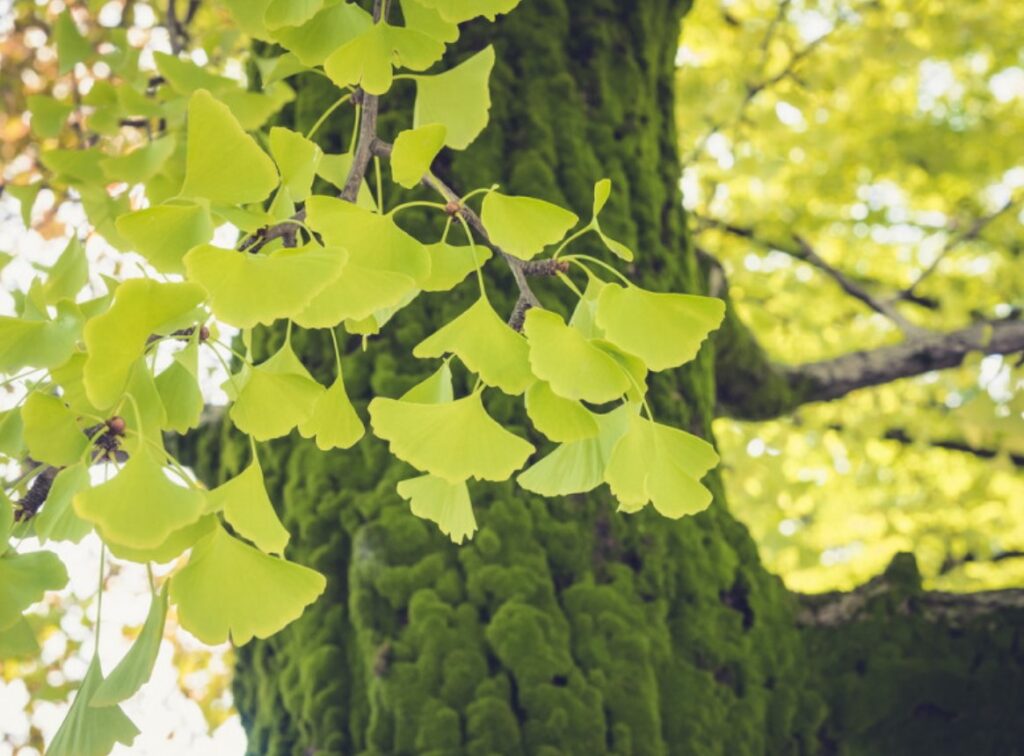
Source: agroklub.com
The Ginkgo tree adds beauty to your home. It also protects the home and outdoor spaces by blocking the hot sun. It is a pest-resistant tree with fan-shaped leaves and can grow up to 80 feet in height and 40 feet wide.
Its female tree produces messy and stinky fruit, and it is advisable to get the Ginkgo tree labeled as male. Its USDA zone is between 3 to 8, and it requires a growing condition of full sun to plant contact and well-drained soil in medium moisture.
2. The River Birch (Betula Nigra)
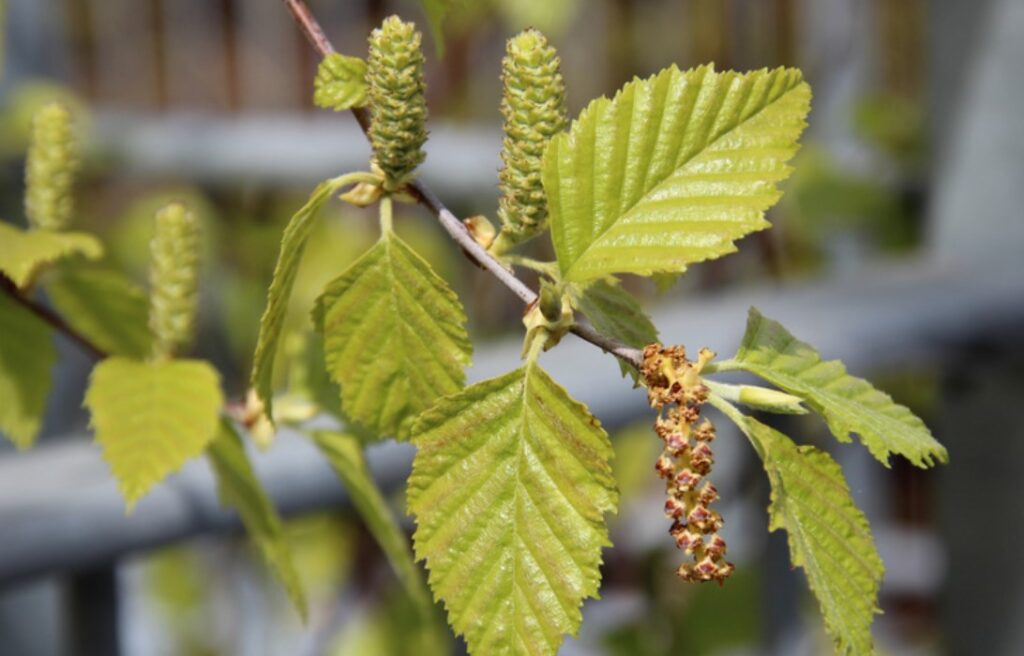
Source: ebben.nl
The river birch’s native growth area is in North America and can be identified by its interesting peeling bark. It is a fast-growing shade tree that increases by 13 inches to 24 inches annually. Its USDA growing zones are between 3 to 9, with a height of 40 to 90 feet and 40 to 60 feet in width.
The river birch grows across a wider swath of hardiness zones, and its leaves are golden-yellow in autumn and green in summer and spring. It requires a full sun exposure or sometimes a partial shade for germination.
It has an extremely low drought tolerance and, as the name implies, requires a lot of moisture to survive. Just like an animal will shed its skin when it increases in size, the river birch does the same and should be planted in a wider land area for its expansive canopy.
3. The Red Maple (Acer Rubrum)
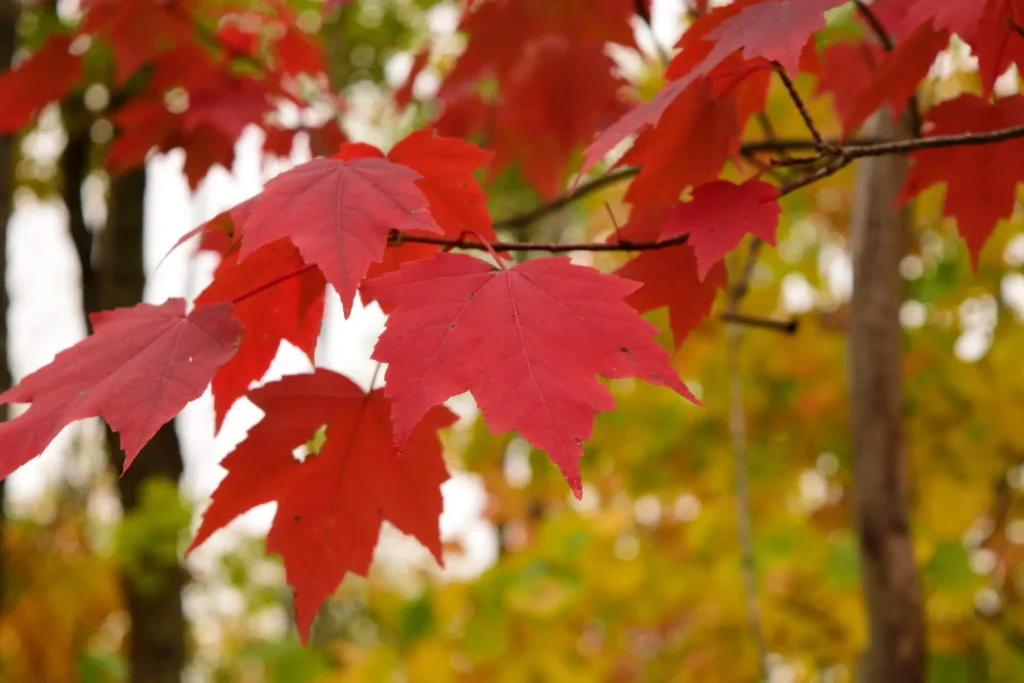
Source: coldstreamfarm.net
The red maple tree has brilliant and extensive foliage native to North America. Its leaves turn reddish-orange during autumn, and the name red maple name emerged from its vibrant red-orange leaves.
With a USDA growing zone of between 2 to 9, the red maple’s height ranges between 40 to 120 feet and 30 to 50 feet wide. Every year, it grows 24 inches in height and has a sturdy tolerance for moist or dry soil. Optimum germination requires full sun to plant contact and sometimes a partial shade.
4. Oak (Quercus spp.)
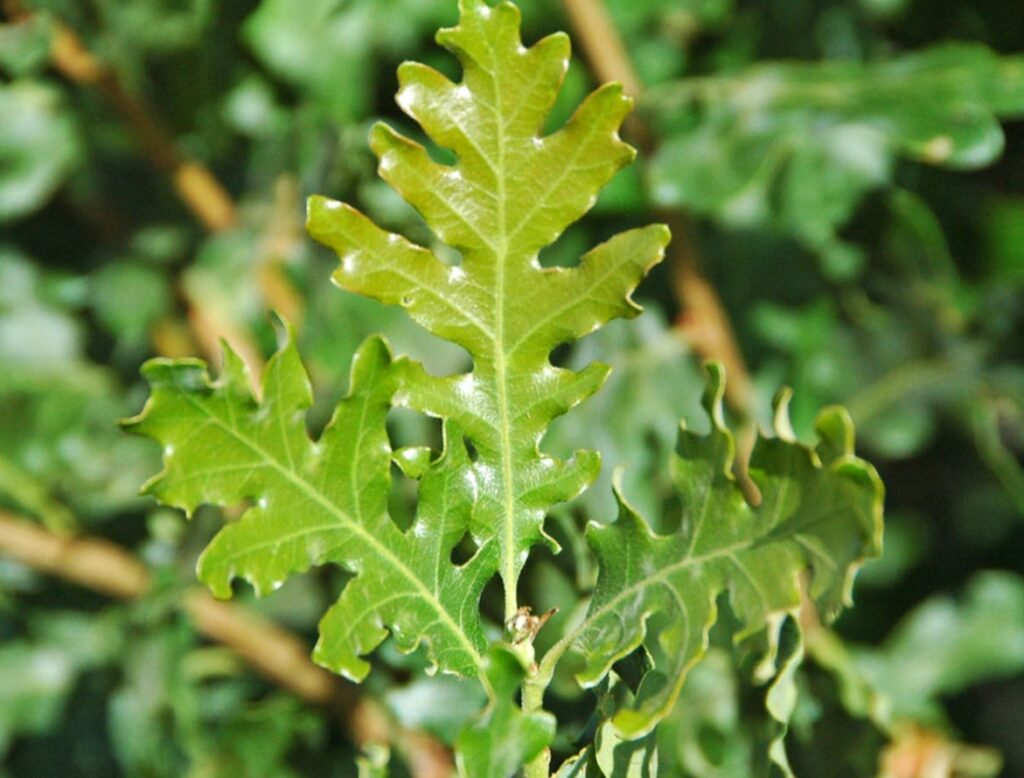
Source: flickr.com
The oak tree was named America’s national tree in 2004. The tricky information about the oak tree is selecting the one best for your region. Live oak is recommended in the southern regions, while red oak is suggested in the northern regions.
The oak tree’s USDA zone is between 3 to 10 and has growing conditions that require full sun in medium moisture and well-drained soil to grow up to 80 feet in height and in width, but this depends on the varieties.
5. The ‘Autumn Blaze’ Maple (Acer x freemanii)
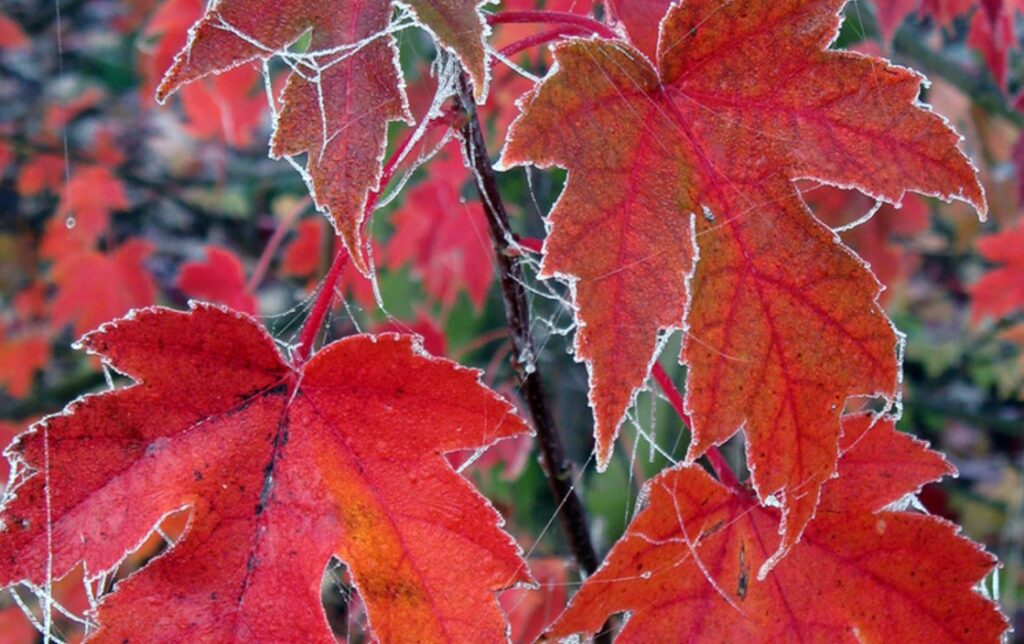
Source: ebben.nl
Another maple family tree joins the list of the best trees to plant for shade because of its outstanding foliage. Also, a native of North America but with USDA growing zones of between 3 to 8 and unlike the Red Maple, which grows at 24 inches each year, the ‘Autumn Blaze’ Maple adds up to 3 feet each year.
They are easy to grow and, in a favorable condition, will grow to a height between 45 to 70 feet and 30 to 50 feet wide; all they really require is moist soil and well-watered soil during drought periods. Sunlight is another important factor, and they will mature in full sun or partial shade.
6. The Sawtooth Oak (Quercus Acutissima)
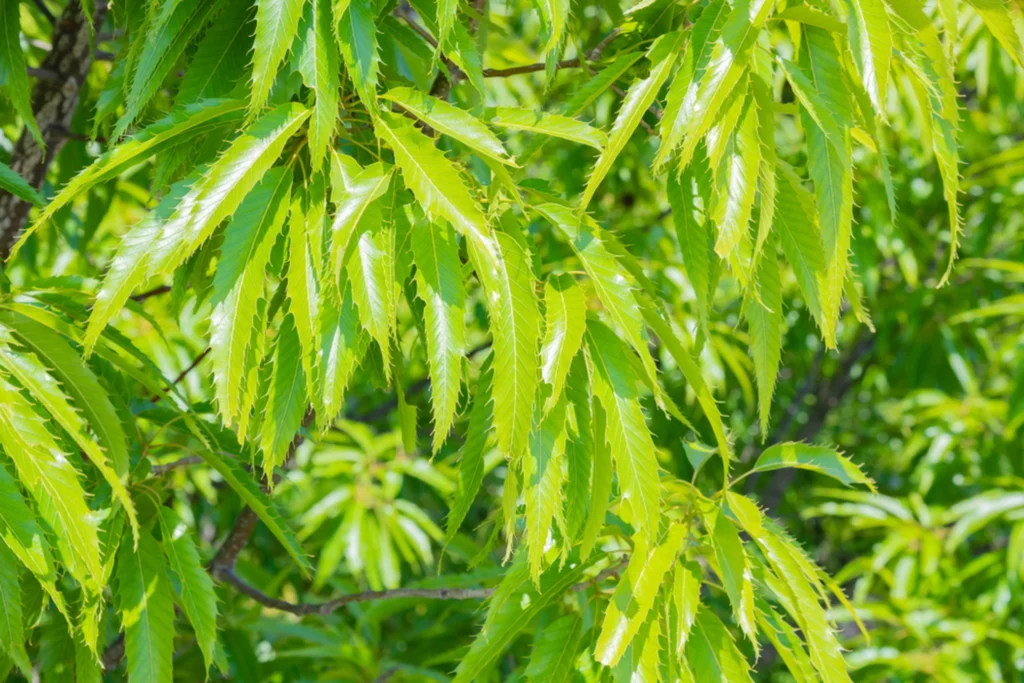
Source: heritagefruittrees.com.au
The sawtooth oak tree is popular in most parks for its beautiful spreading canopy. It is a native of Asia with USDA growing zones between 6 and 9. Homeowners and gardeners are quite fond of this tree and its fast-growing ability.
It can grow up to 13 to 24 inches per year, and it requires full sun to plant contact to reach this development. It also requires well-draining and moist soil to grow to about 30 to 75 feet tall and 30 to 60 feet wide.
7. Leyland Cypress (Cupressus × leylandii)
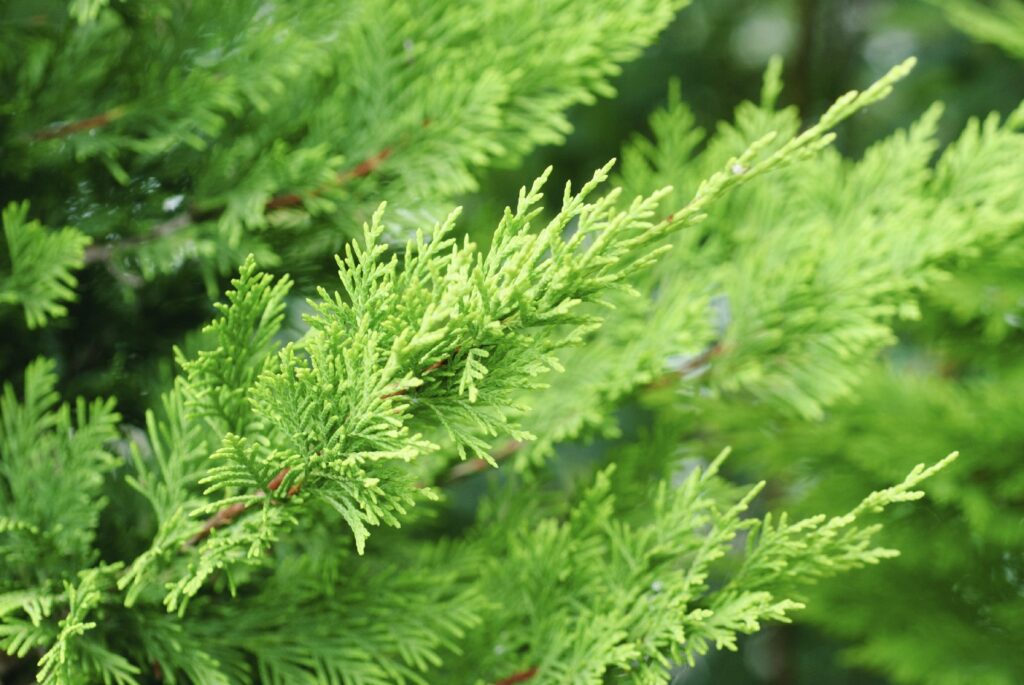
Source: gardeningknowhow.com
The Leyland Cypress trees are native to England, with USDA growing zones between 6 to 10. They are tall and narrow trees used to cast shade by planting them in rows, forming a living wall. Their height depends on the area they planted, the soil, and pruning.
They grow up to 2 feet per year and reach a maximum height of 0f 60 to 70 feet and 10 to 15 feet wide when planted under full sun in clay, loam, or sand soil.
8. Tulip Tree (Liriodendron Tulipifera)
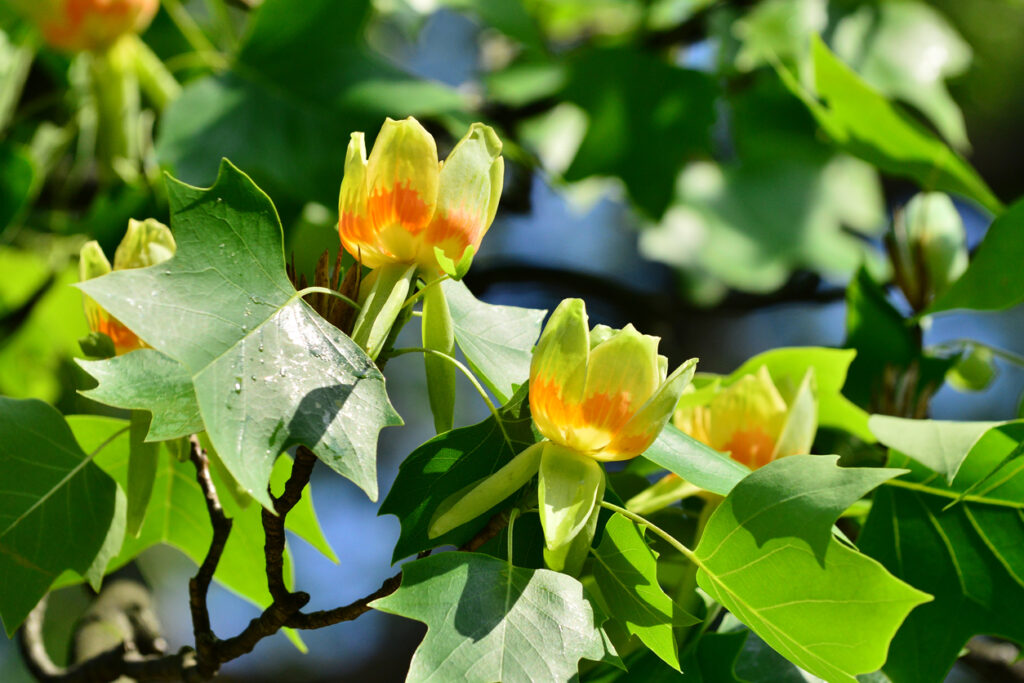
Source: gardeningknowhow.com
The Tulip Tree’s branch is filled with variegated green leaves and cream-colored tulip-like flowers, which take a lot of space while growing and require the full sun to add up to 2 feet per year; for this reason, planting them in a small yard is not advisable.
This extraordinarily beautiful tree is a native of North America and must be carefully taken care of to attain a height between 70 to 130 feet and 30 to 60 feet in width, so its flowers, which resemble tulip flowers, can mature and bloom.
If you want to plant a tree best for shade, you need to plant it in the area that most comes into contact with the sun.



















